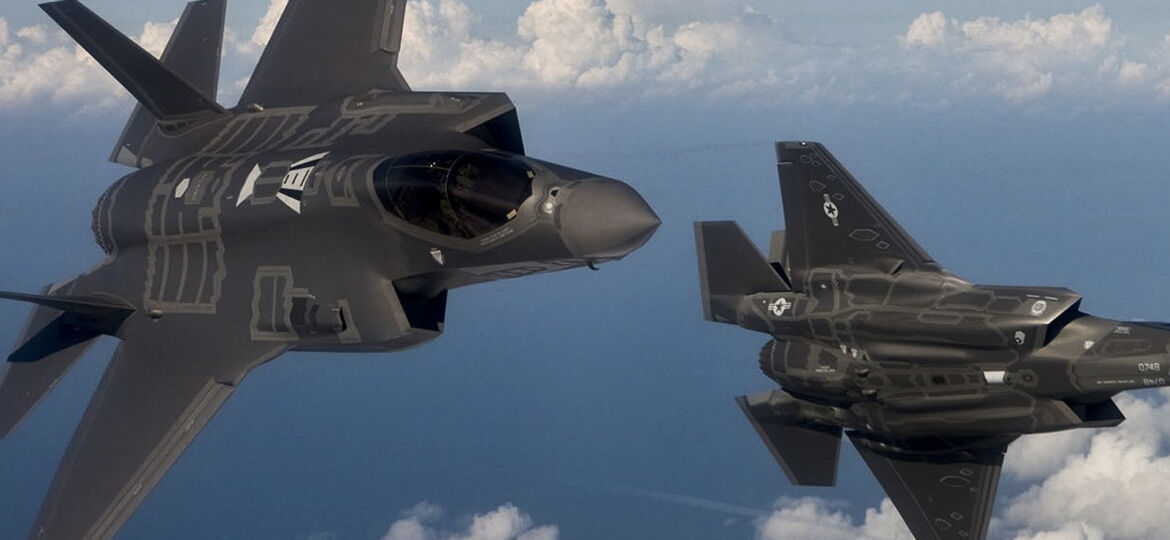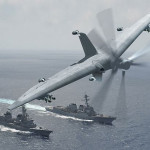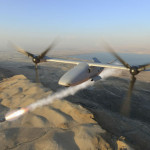
WHY THIS MATTERS IN BRIEF
As weapons systems, and war, become more autonomous it is inevitable that the US, Chinese, Indian and Russian military will continue to push the boundaries of unmanned combat.
The US Marine Corps is in the looking to obtaining what it calls a “mega-drone” that can take off and land vertically and deploy aboard ship. And there’s nothing strange about that – at least in today’s drone filled age. But this drone is different – they want it to carry the same fire power as the F-35 their multi role do everything, destroy everything fighter jet.
The MUX platform, as they’re calling it, short for Marine air-ground task force Unmanned eXpeditionary capabilities, is planned to reach initial operational capability by 2024 and the Corps’ deputy commandant for aviation, Lt. Gen. Jon “Dog” Davis, said that this future platform – a Group 5, the largest class of military drone – will be equipped to fight from sea as well as land.
This future drone will not be a competitor with the Corps’ new F-35B Lightning II 5th-generation fighter but a collaborator, able to team with the aircraft on missions, he said.
In the Corps’ 2016 aviation plan, the MUX is described as filling an extremely broad range of missions, including electronic warfare, reconnaissance and surveillance, Command, Control, Communications and Computers (C4), aircraft escort, persistent fires, early warning and tactical distribution.
“It will be a multi-sensor, electronic warfare, C4 bridge with anti-air warfare and strike capabilities and ranges complementary to the current Boeing MV-22 Osprey and F-35 and will give Marine Air-Ground Task Force (MAGTF) commanders flexible, persistent, and lethal reach,” he said, “it will provide scalable MAGTF support deploying as detachments or squadrons supporting commanders at the tactical, operational, and strategic levels.”
According to sources prominent candidates for such a drone include the Bell-Textron V-247, K-Max and the Tactically Exploited Reconnaissance Node, or Tern, an aircraft developed by DARPA and the Office of Naval Research.
Davis said he wants the Marines’ Group 5 UAS to be able to fly at 30,000 feet, the typical cruising altitude for an airliner, and to carry weapons internally to maximize efficiency and time on station. Ultimately, he said, he wants an unmanned aircraft that can do everything a manned aircraft can and at the moment Davis does not think the mega drone will replace manned platforms, but rather integrate with them, although in light of the US Navy’s recent announcement to stand up the US’ first unmanned squadron that might be wishful thinking.
“Frankly, no matter how many airplanes I have, I don’t get 24/7 coverage with my manned platforms, especially from my sea base. If we do distributed operations, we’re going to need all the game we can bring,” he said.



















[…] US Marines, who recently announced they want their own fully autonomous F-35’s are getting their “Low Cost Unmanned Aerial Vehicle Swarming Technology,” also known as LOCUST, […]